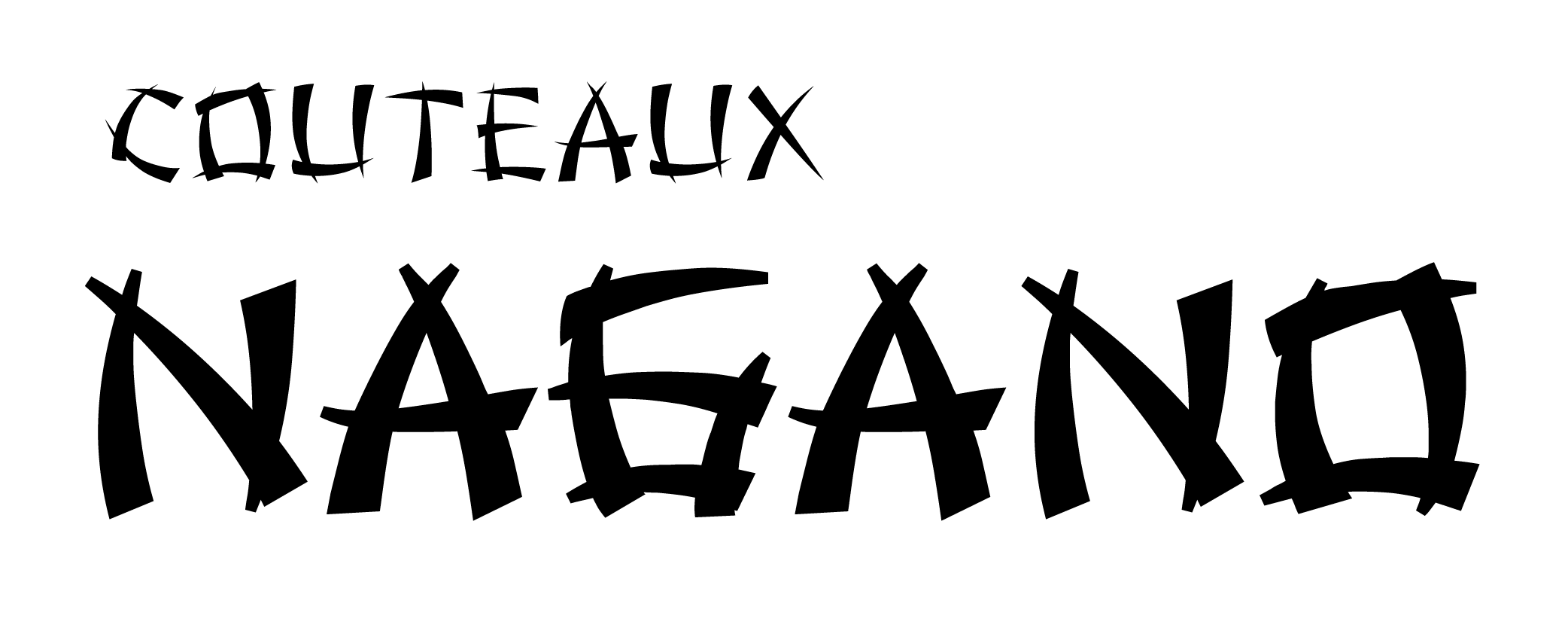
A bit of history and tradition:
Since a knife is a tool used for cutting, the story goes that when given as a gift, people are afraid of "cutting relations" between them. So whoever receives the knife as a gift, pays five yen (one Goen) to the giver.
But it would seem that if whoever receives the knife pays, it would be more of a business relationship than a friendship.
Five yen is pronounced " Goen ", and "relationships" in Japanese is also pronounced " Goen".
By paying a Goen (five Yen), relations (Goen) that were almost cut come back automatically.
The giver of the knife may as well include a Goen as a sign of good relations (Goen).
The 5 yen coin (五円硬貨, Go-en kōka) is a denomination of the Japanese yen.
The obverse of the coin depicts a rice plant growing out of water, with "five yen" written in kanji; the reverse is stamped "Japan" and the year of issue, also in kanji, separated by tree shoots. The three elements of the coin represent agriculture and fishing. Around the central hole, there is a gear which represents the industry. It is the only Japanese coin in circulation that does not have Hindu-Arabic numerals on either side.
Its design has not been changed since 1948, following the Second World War. The hole in the coin initially served to save production costs.

